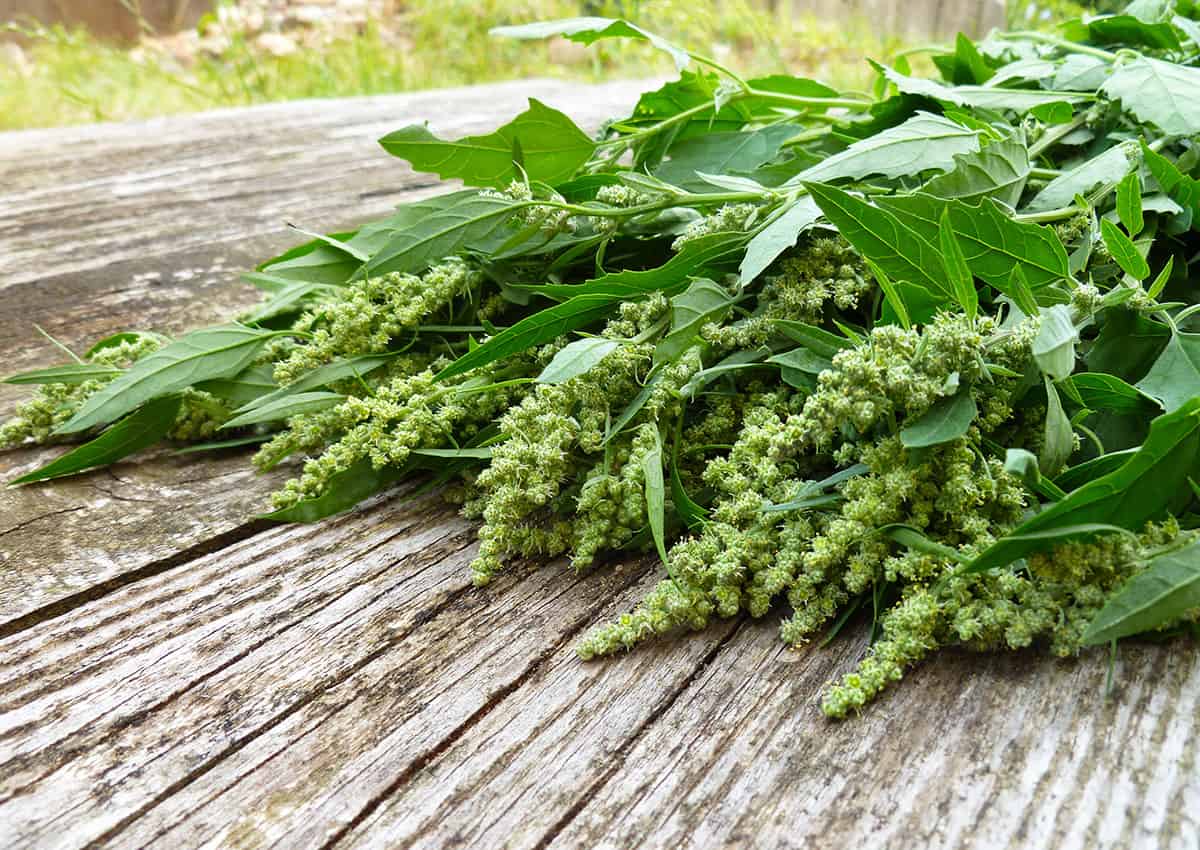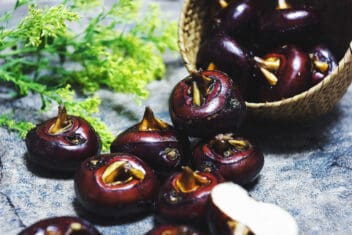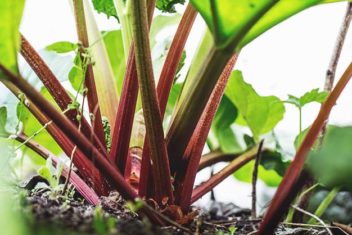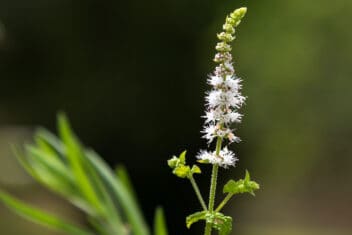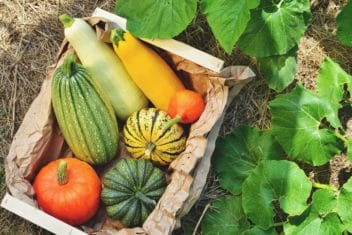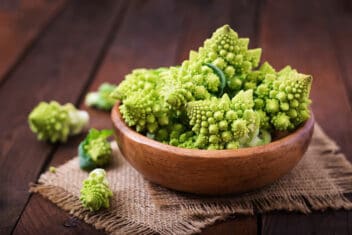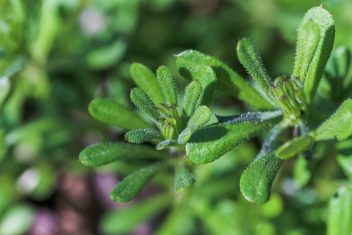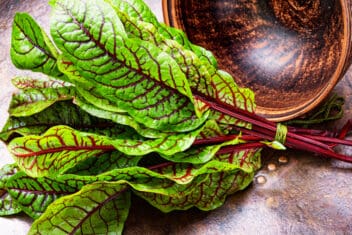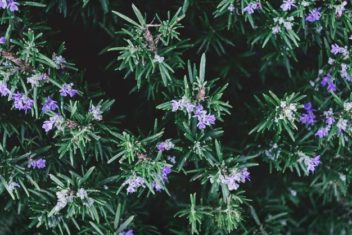Isn’t “orach” a great name? Try saying it aloud a few times for the sheer fun of it. Although its name might sound like something you’d howl at the summit of Mount Doom, it’s actually a delicious vegetable that fell out of favor a couple of centuries ago.
Fortunately, this tasty leafy green is as much fun to grow and eat as it is to say. Thanks to people’s newfound delight in revisiting heirloom species, orach is making a comeback.
If you like unique vegetables and would like to add more color to your garden, add this beauty to your list!
All About Orach
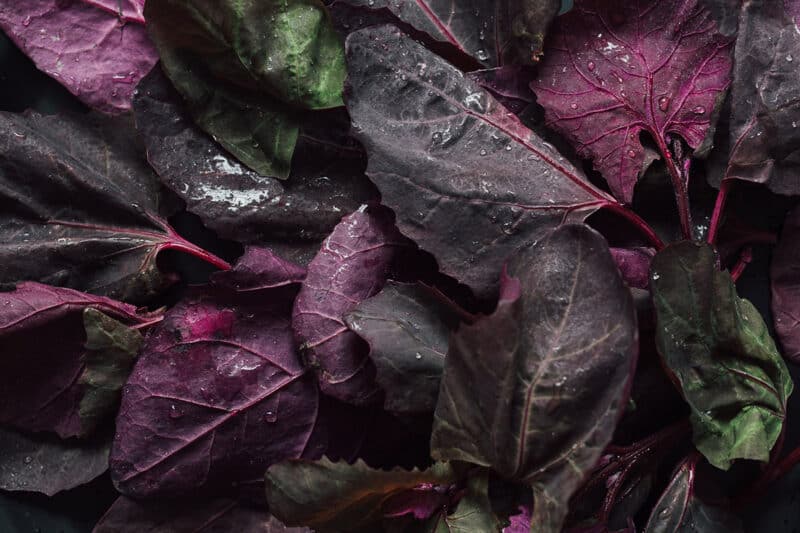
Orach (Atriplex hortensis), also known as saltbush or red mountain spinach, is a member of the Amaranthaceae family. That makes it a cousin to amaranth (unsurprisingly), spinach, Good King Henry, and lambsquarters, just to name a few familiar greens.
Orach was popular for growing throughout the Mediterranean right up until the late Medieval/early Tudor period but fell out of favor when its cousin spinach became more popular.
Like its cousins spinach and chard, orach contains a surprising amount of salt in its leaves. It’s also a great source of iron, magnesium, calcium, zinc, phosphorous, and vitamin C. In fact, a single serving of orach has about double the vitamin C you’d find in lemons or oranges.
It also has a startling amount of antioxidants, which benefit the body on so many different levels.
Keep in mind that just like other amaranth relatives, orach is quite high in oxalic acid. As a result, it can aggravate kidney and gallbladder issues. If you’re prone to kidney or gall stones, talk to your healthcare provider before adding this vegetable to your diet.
This vegetable comes in several spectacular colors, from the red that gives it one of its monikers to purple, blue-green, and bright lime green. If you’re cultivating a veritable rainbow of a garden, this beauty is a must-have.
As an added note, pink orach can be a lot of fun in the kitchen. For example, try adding a couple of those brightly hues leaves to pasta or rice while they’re cooking. They’ll turn pink! You can also be sneaky and add pink orach to your kids’ smoothies and juices. They’ll get all the nutritional benefits without ever knowing there are vegetables in their drink.
Fun Varieties to Plant
Now that you know what orach is, let’s take a look at some of the awesome varieties you can plant!
Deep Red Orach: This is the variety most commonly referred to as “red mountain spinach.” It has a deep red hue and is as tasty as it is beautiful.
Lime Green: We know dark leafy greens are good for us, but fortunately, these bright green leaves are just as nutrient-dense.
Magenta Magic: Do you (or your kids) love pink? Then this is the variety for you. Its flaming pink leaves have a delicate flavor and add a vibrant kiss to any dish you toss them into.
Dark Green: This is the variety that most resembles spinach or Good King Henry, with beautiful, kale-colored, heart-shaped leaves.
Golden Orach: Okay, this one is called “golden”, but the leaves are actually a light golden yellow-green hue. They have a milder taste than the dark green variety and are best harvested when quite young.
Triple Purple: This variety boasts deep plum-colored leaves, and looks amazing interspersed with a lime green variety.
Mixed Aurora Orach: If you’d prefer to go the easy route, let the experts choose an assortment for you. This way, there’s no stress on your part, and you’ll be able grow a veritable rainbow of deliciousness. Best of all, it’ll be a complete surprise as to which hues will show up!
Planting Orach
One great thing about growing orach is that it’s well suited to hot, sunny weather. Most gardeners know that many gorgeous leafy greens are prone to bolting in hot weather.
This means that we can’t grow spinach, chard, or other similar species in summertime: just early spring, and autumn. But orach is fine in the summer months.
It grows best in zones 4 through 8, but you can grow it in higher zones provided you offer it shade at the hottest part of the day.
Orach can thrive in most soils quite well, and can also tolerate a bit of drought. Ideally, however, try to grow it in well-drained, compost-rich soil.
Sow the seeds directly into the soil a couple of weeks after the last frost date. This plant can spread quite a bit, so space the seeds 12 to 18 inches apart.
Don’t poke the seeds too deep into the soil: stick with the general rule of thumb and only plant them three times their diameter, and cover lightly.
Seeds usually germinate in 7–12 days, and the plant matures completely in 45–50 days.
You can also try growing orach as a microgreen, as well. Using a shallow container filled with potting soil, sprinkle seeds on top of the soil and lightly cover.
Moisten the soil using a water bottle.
Place plastic or glass over the container to help retain moisture as the seeds germinate. Keep an eye on things to make sure the soil stays moist. Once you see the sprouts popping up, you can remove the clear cover.
Caring for Orach
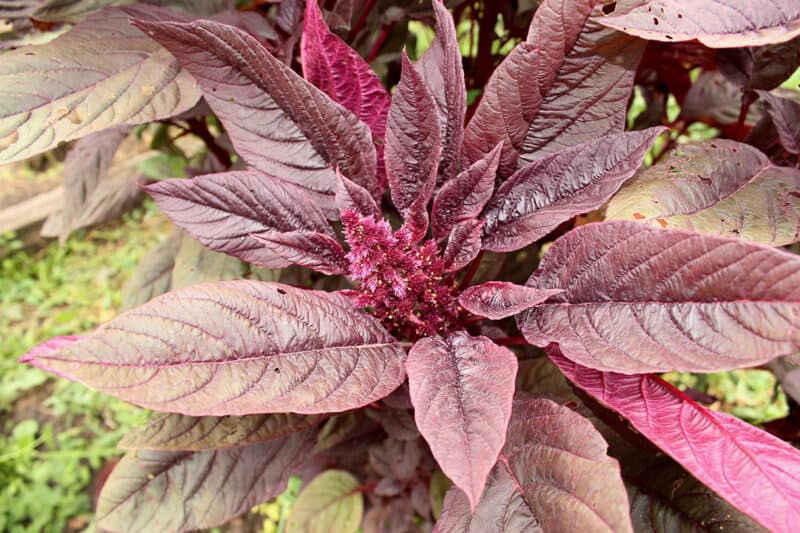
Although orach can survive a bit of drought, as mentioned, it’ll be healthier and more flavorful if you water it consistently.
This plant doesn’t generally need fertilizer but may benefit from some diluted compost tea halfway through its growth cycle. Some expert growers say that orach is prone to storing nitrates from chemical fertilizers, so it’s best to err on the side of organic feeds if any.
Pests to Watch Out For
Orach is remarkably pest resistant, but can occasionally fall prey to aphids and other leafy green-loving insects. Some of my orach containers were devoured by grasshoppers, for example, and deer can be quite fond of it too.
Floating row covers can keep predators from feasting on your lovely growing orach plants, and you can also grow it indoors. In fact, it’s great to grow in containers on a sunny windowsill, or in hanging baskets.
Considering how colorful orach is, it makes an ideal dual-purpose house plant—as edible as it is pretty to look at.
Good and Bad Companions for Growing Orach
Companion planting with orach is quite easy since it shares the same good and bad neighbors as spinach. Interplant it with members of the brassica family (broccoli, Brussels sprouts, kale, etc.) as well as lettuces, peas, leeks, and beans.
Orach also plays nicely with nightshades. This means you can sow it merrily in and around your tomatoes, eggplants, and peppers.
It also does really well with strawberries, which can create a really striking visual appeal in your garden. If you interplant with strawberries, aim for different-hued orach varieties for the sake of colorful juxtapositions.
This vegetable doesn’t really have any bad neighbors, but orach does better growing with species that won’t compete for resources. Rather than interplanting it with kale or lettuce, for example, sow it around your legumes and pulses instead.
Since beans and peas help to fix nitrogen into the soil, the orach will be able to draw from their generosity.
Harvesting and Using Orach
The young, tender leaves are really lovely eaten raw in salads and wraps, especially if you like really colorful food. Use them in lieu of other baby greens in just about any recipe you like.
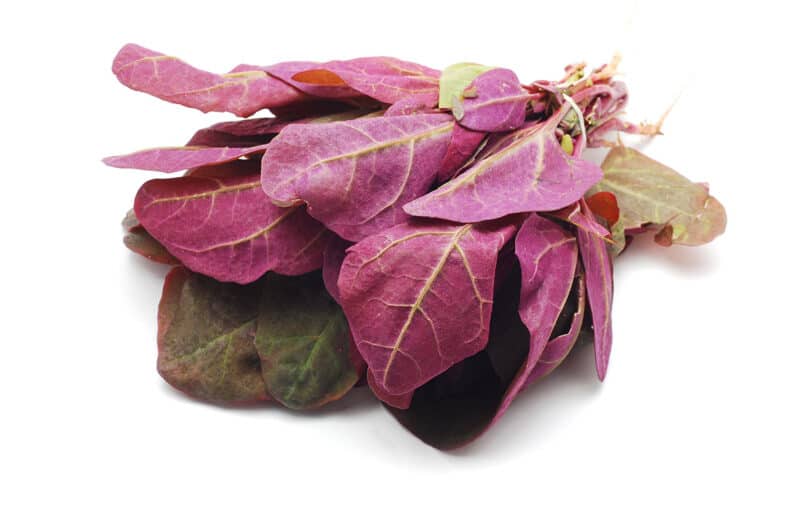
Leaves toughen up once they’ve matured a little. Once they get larger, cook them in the same way you would spinach or chard. Just don’t overcook them! They only need to have boiling water poured over them to blanch them, as their beneficial properties break down if boiled half to death.
If you’re adding them to soups or stews, stir them in a minute or two prior to serving.
Orach is wonderfully frost tolerant, so feel free to grow it straight through autumn—basically, as long as you can. Pinch off any flower buds that appear, so the plants bush out into glorious leafy goodness.
Saving Seeds
Make sure you grow some orach specifically to let it go to seed. Since it’s an annual and not a perennial, you’ll have to re-sow it if you’d like it again next year. As such, saving seeds will spare you the expense of having to buy them again in the spring.
After the orach plants have finished growing, flowered and developed seed pods, let them mature on the stalks until they start to dry out a fair bit.
At this point, cut the stalks down at the base, and gather several of them together. Tie the stalks together, place them (gently!) into a large, upright paper bag, and tie the bag around the exposed stalk ends.
Then tie a long cord around the bag and hang it stalks up, in a warm, dry room. Leave it there for a couple of weeks to let the seeds dry out even more.
Then, get a large, clean pot or another container to work over, and move the dried stalks into it. Put on a pair of thick gardening gloves, and gently run your hand down each stalk to dislodge the pods.
Once that’s done, roll the dry seed casings between your hands to crack them open and release the seeds held within. They can be quite hard and sharp, and you can get a bunch of cuts and abrasions if you’re not wearing gloves while doing this.
Gather up those beautiful seeds, and transfer them into paper envelopes. Store these in a cool, dry place away from direct sunlight. Generally, these seeds will stay viable for 5 or 6 years. That’s a general estimate, however, and well-stored seed can last even longer.
Make sure to do a germination test before sowing to make sure they’ll still viable.
Note: if you’re growing a dedicated leafy greens bed, you can let your orach go to seed where it is. Like most other amaranth cousins, it’ll scatter its seeds quite prolifically in its immediate vicinity.
Make sure to rotate your crops regularly to avoid diseases, and to keep the soil well nourished.
Storage
Like most tender leafy greens, orach doesn’t store well for very long. Once harvested, you can keep the leaves in between paper towel layers in the fridge for a few days before they get wilty and unappealing.
Raw orach doesn’t freeze well, so if you’d like to keep some for the winter, blanch it first, chop it up, and pack it flat into freezer bags. This way, you can just empty the bag into a pot of soup or pasta sauce without added prep work.
If you’d like to can orach like you would creamed spinach, please follow the safe pressure canning procedures established for other leafy greens.
